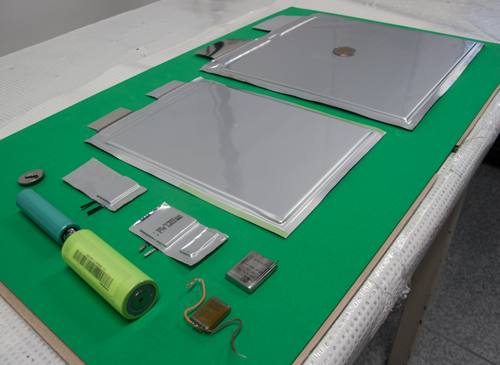About
Lab description
This lab focuses on the Physics and Chemistry of Materials for Energy Storage, primarily in the area of Lithium-ion batteries. Our goals are to improve the energy density, increase the safety, decrease the cost and improve the cycle and calendar lifetime of the batteries. There are projects on new positive electrode materials, new negative electrode materials, and Li-ion battery safety that are well established and have a long history in the group. Our studies of the reasons for the failure of Li-ion cells began in 2008 and now represent the largest focus area for the group.

Li-ion cells fail due to parasitic reactions between the charged electrode materials and the electrolyte that slowly consume electrolyte and electrode materials. Due to these parasitic reactions, the amount of charge stored in the battery during the recharge, the recharge capacity, is slightly greater than that delivered during the discharge. High precision coulometry, developed here, is used to precisely measure the Coulombic Efficiency, the ratio of the discharge capacity to the charge capacity. If this ratio is exactly 1.00000.., then the Li-ion cell would last forever.
Additives to the electrolytes of Li-ion cells and coatings on the surfaces of electrode particles are known to dramatically effect the lifetime and cycle life of Li-ion cells. High precision coulombic efficiency measurements allow the rapid ranking of the effectiveness of electrolyte additives and surface coatings. Fundamental studies using surface-sensitive techniques are now being established to understand how additives and coatings work with the ultimate goal of finding additives that make Li-ion cells last many decades!
Go to Research to learn more.
